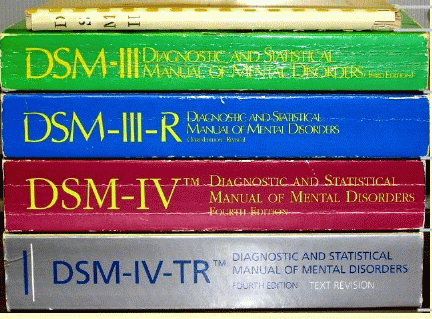Mental Illnesses
How Are Mental Illnesses Diagnosed?

ADHD, OCD, Bipolar Disorder: They're tossed around often, but what's in a name? To whom are these terminologies applied, and why?
All of these are considered mental disorders. A mental disorder is an abnormal pattern of behavior that interferes with the patient's life, or the life of those around them, in a negative way. For example: Jane has to do things in threes, or she fears something bad will happen; so she enters and exits rooms, turns off lights, washes hands, and checks door locks three times each to assauge her anxiety. Or Tom, who is terrified of being abandoned by his friends and girlfriend, and lashes out in irrational ways when they don't return his texts.
When Tom or Jane finally seek professional help, instead of being confronted with physical exams and lab tests, they will be evaluated with questions about their lifestyle, childhood, relationships, job, or sleeping patterns depending on the risk factors and symptoms the therapist will recognize. Based on the patient's reported symptoms, the behaviors the therapist observes, and perhaps empirically validated test scores, a diagnosis will be made with the consultation of the DSM.
What is the DSM?

The DSM, or Diagnostic and Statistical Manual, is a guidebook compiled by the American Psychiatric Association to provide a common terminology for mental illnesses, as well as a breakdown of symptoms and traits for each one. It is used by mental health professionals most notably, but also everyone from lawyers to health insurance and pharmaceutical companies. The first edition was released in 1952, and the fifth, most recent edition was released in 2013.
Controversies
Despite being a cornerstone of modern psychiatry, many would argue that the DSM is far from perfect. For one thing, mental illness can usually only be diagnosed through the appearance of a cluster of symptoms. This means that the underlying cause often remains a mystery, and that diagnosis relies on the subjective analysis of one or a few professionals. Others would argue that the difference between "normal" and "abnormal" is arbitrarily decided, and that the DSM fails to account for cultural biases and influences.